Delta Airlines 2006 Annual Report Download - page 12
Download and view the complete annual report
Please find page 12 of the 2006 Delta Airlines annual report below. You can navigate through the pages in the report by either clicking on the pages listed below, or by using the keyword search tool below to find specific information within the annual report.-
 1
1 -
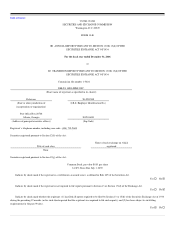 2
2 -
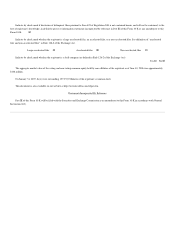 3
3 -
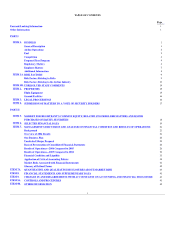 4
4 -
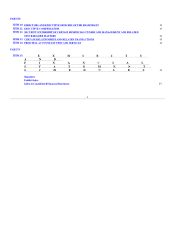 5
5 -
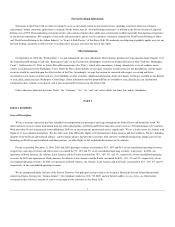 6
6 -
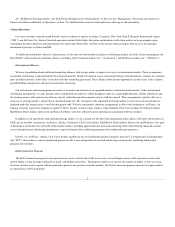 7
7 -
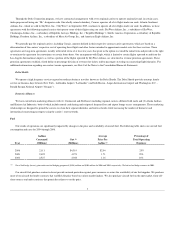 8
8 -
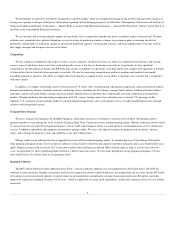 9
9 -
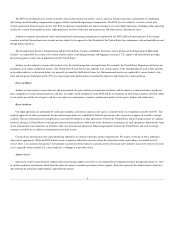 10
10 -
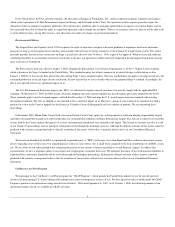 11
11 -
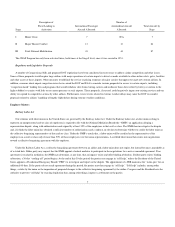 12
12 -
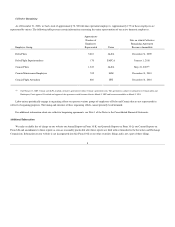 13
13 -
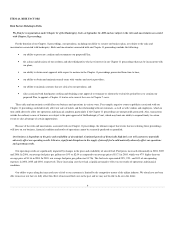 14
14 -
 15
15 -
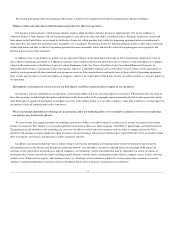 16
16 -
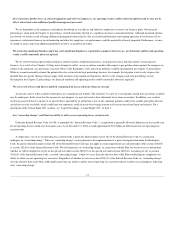 17
17 -
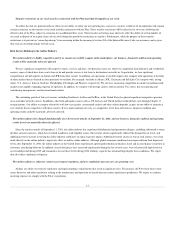 18
18 -
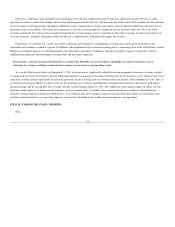 19
19 -
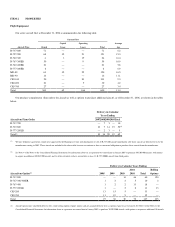 20
20 -
 21
21 -
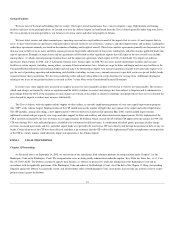 22
22 -
 23
23 -
 24
24 -
 25
25 -
 26
26 -
 27
27 -
 28
28 -
 29
29 -
 30
30 -
 31
31 -
 32
32 -
 33
33 -
 34
34 -
 35
35 -
 36
36 -
 37
37 -
 38
38 -
 39
39 -
 40
40 -
 41
41 -
 42
42 -
 43
43 -
 44
44 -
 45
45 -
 46
46 -
 47
47 -
 48
48 -
 49
49 -
 50
50 -
 51
51 -
 52
52 -
 53
53 -
 54
54 -
 55
55 -
 56
56 -
 57
57 -
 58
58 -
 59
59 -
 60
60 -
 61
61 -
 62
62 -
 63
63 -
 64
64 -
 65
65 -
 66
66 -
 67
67 -
 68
68 -
 69
69 -
 70
70 -
 71
71 -
 72
72 -
 73
73 -
 74
74 -
 75
75 -
 76
76 -
 77
77 -
 78
78 -
 79
79 -
 80
80 -
 81
81 -
 82
82 -
 83
83 -
 84
84 -
 85
85 -
 86
86 -
 87
87 -
 88
88 -
 89
89 -
 90
90 -
 91
91 -
 92
92 -
 93
93 -
 94
94 -
 95
95 -
 96
96 -
 97
97 -
 98
98 -
 99
99 -
 100
100 -
 101
101 -
 102
102 -
 103
103 -
 104
104 -
 105
105 -
 106
106 -
 107
107 -
 108
108 -
 109
109 -
 110
110 -
 111
111 -
 112
112 -
 113
113 -
 114
114 -
 115
115 -
 116
116 -
 117
117 -
 118
118 -
 119
119 -
 120
120 -
 121
121 -
 122
122 -
 123
123 -
 124
124 -
 125
125 -
 126
126 -
 127
127 -
 128
128 -
 129
129 -
 130
130 -
 131
131 -
 132
132 -
 133
133 -
 134
134 -
 135
135 -
 136
136 -
 137
137 -
 138
138 -
 139
139 -
 140
140 -
 141
141 -
 142
142 -
 143
143 -
 144
144 -
 145
145 -
 146
146 -
 147
147 -
 148
148 -
 149
149 -
 150
150 -
 151
151 -
 152
152 -
 153
153 -
 154
154 -
 155
155 -
 156
156 -
 157
157 -
 158
158 -
 159
159 -
 160
160 -
 161
161 -
 162
162 -
 163
163 -
 164
164 -
 165
165 -
 166
166 -
 167
167 -
 168
168 -
 169
169 -
 170
170 -
 171
171 -
 172
172 -
 173
173 -
 174
174 -
 175
175 -
 176
176 -
 177
177 -
 178
178 -
 179
179 -
 180
180 -
 181
181 -
 182
182 -
 183
183 -
 184
184 -
 185
185 -
 186
186 -
 187
187 -
 188
188 -
 189
189 -
 190
190 -
 191
191 -
 192
192 -
 193
193 -
 194
194 -
 195
195 -
 196
196 -
 197
197 -
 198
198 -
 199
199 -
 200
200 -
 201
201 -
 202
202 -
 203
203 -
 204
204 -
 205
205 -
 206
206 -
 207
207 -
 208
208 -
 209
209 -
 210
210 -
 211
211 -
 212
212 -
 213
213 -
 214
214 -
 215
215 -
 216
216 -
 217
217 -
 218
218 -
 219
219 -
 220
220 -
 221
221 -
 222
222 -
 223
223 -
 224
224 -
 225
225 -
 226
226 -
 227
227 -
 228
228 -
 229
229 -
 230
230 -
 231
231 -
 232
232 -
 233
233 -
 234
234 -
 235
235 -
 236
236 -
 237
237 -
 238
238 -
 239
239 -
 240
240 -
 241
241 -
 242
242 -
 243
243 -
 244
244 -
 245
245 -
 246
246 -
 247
247 -
 248
248 -
 249
249 -
 250
250 -
 251
251 -
 252
252 -
 253
253 -
 254
254 -
 255
255 -
 256
256 -
 257
257 -
 258
258 -
 259
259 -
 260
260 -
 261
261 -
 262
262 -
 263
263 -
 264
264 -
 265
265 -
 266
266 -
 267
267 -
 268
268 -
 269
269 -
 270
270 -
 271
271 -
 272
272 -
 273
273 -
 274
274 -
 275
275 -
 276
276 -
 277
277 -
 278
278 -
 279
279 -
 280
280 -
 281
281 -
 282
282 -
 283
283 -
 284
284 -
 285
285 -
 286
286 -
 287
287 -
 288
288 -
 289
289 -
 290
290 -
 291
291 -
 292
292 -
 293
293 -
 294
294 -
 295
295 -
 296
296 -
 297
297 -
 298
298 -
 299
299 -
 300
300 -
 301
301 -
 302
302 -
 303
303 -
 304
304 -
 305
305 -
 306
306 -
 307
307 -
 308
308 -
 309
309 -
 310
310 -
 311
311 -
 312
312 -
 313
313 -
 314
314
 |
 |

Stage
Description of
Event Leading to
Activation
International Passenger
Aircraft Allocated
Number of
Aeromedical Aircraft
Allocated
Total Aircraft by
Stage
I Minor Crisis 7 N/A 7
II Major Theater Conflict 13 13 26
III Total National Mobilization 43 44 87
The CRAF Program has only been activated twice, both times at the Stage I level, since it was created in 1951.
Regulatory and Legislative Proposals
A number of Congressional bills and proposed DOT regulations have been considered in recent years to address airline competition and other issues.
Some of these proposals would require large airlines with major operations at certain airports to divest or make available to other airlines slots, gates, facilities
and other assets at those airports. Other measures would limit the service or pricing responses of major carriers that appear to target new entrant airlines. In
addition, concerns about airport congestion issues have caused the DOT and FAA to consider various proposals for access to certain airports, including
“congestion-based” landing fees and programs that would withdraw slots from existing carriers and reallocate those slots (either by lottery or auction to the
highest bidder) to carriers with little or no current presence at such airports. These proposals, if enacted, could negatively impact our existing services and our
ability to respond to competitive actions by other airlines. Furthermore, recent events related to extreme weather delays may cause the DOT to consider
proposals related to airlines’ handling of lengthy flight delays during extreme weather conditions.
Employee Matters
Railway Labor Act
Our relations with labor unions in the United States are governed by the Railway Labor Act. Under the Railway Labor Act, a labor union seeking to
represent an unrepresented craft or class of employees is required to file with the National Mediation Board (the “NMB”) an application alleging a
representation dispute, along with authorization cards signed by at least 35% of the employees in that craft or class. The NMB then investigates the dispute
and, if it finds the labor union has obtained a sufficient number of authorization cards, conducts an election to determine whether to certify the labor union as
the collective bargaining representative of that craft or class. Under the NMB’s usual rules, a labor union will be certified as the representative of the
employees in a craft or class only if more than 50% of those employees vote for union representation. A certified labor union then enters into negotiations
toward a collective bargaining agreement with the employer.
Under the Railway Labor Act, a collective bargaining agreement between an airline and a labor union does not expire, but instead becomes amendable as
of a stated date. Either party may request that the NMB appoint a federal mediator to participate in the negotiations for a new or amended agreement. If no
agreement is reached in mediation, the NMB may determine, at any time, that an impasse exists and offer binding arbitration. If either party rejects binding
arbitration, a 30-day “cooling off” period begins. At the end of this 30-day period, the parties may engage in “self help,” unless the President of the United
States appoints a Presidential Emergency Board (“PEB”) to investigate and report on the dispute. The appointment of a PEB maintains the “status quo” for an
additional 60 days. If the parties do not reach agreement during this period, the parties may then engage in “self help.” “Self help” includes, among other
things, a strike by the union or the imposition of proposed changes to the collective bargaining agreement by the airline. Congress and the President have the
authority to prevent “self help” by enacting legislation that, among other things, imposes a settlement on the parties.
7
